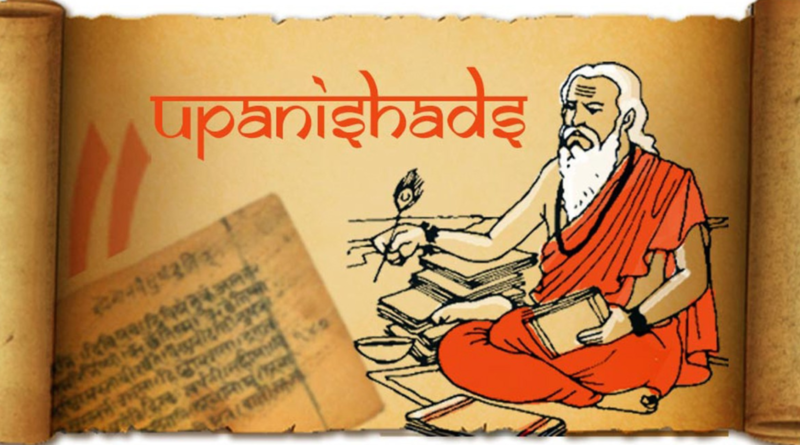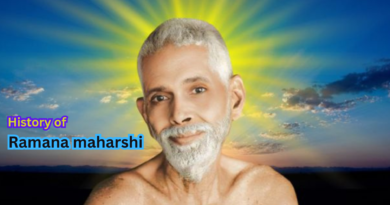The Upanishads
The Upanishads are a collection of ancient Indian texts that represent the philosophical essence of the Vedas, the oldest scriptures in Hinduism. Composed between 800 BCE and 200 BCE, the Upanishads delve into metaphysical questions about life, death, the soul, and the universe. They mark a shift from ritualistic practices to spiritual introspection and self-realization. The word “Upanishad” itself means “to sit down near,” symbolizing the intimate setting in which a student would receive spiritual knowledge from a guru.
A central theme of the Upanishads is the relationship between the Atman (the individual soul) and Brahman (the ultimate, universal reality). The texts teach that Atman and Brahman are ultimately the same, and realizing this unity leads to Moksha, or liberation from the cycle of rebirth and suffering. This idea profoundly changed Indian philosophy by emphasizing inner experience and meditation as paths to enlightenment, rather than external rituals.
The Upanishads also discuss the nature of karma (actions) and samsara (the cycle of birth, death, and rebirth). According to these teachings, one’s actions in past lives influence their current life, and liberation from this cycle can be attained through knowledge and self-discipline. This insight laid the foundation for major schools of thought in Hinduism, Buddhism, and Jainism.
Among the 108 recognized Upanishads, about a dozen are considered the principal or “Mukhya” Upanishads. These include the Chandogya, Brihadaranyaka, Kena, Katha, and Mandukya Upanishads, each offering unique perspectives on the human condition, consciousness, and the divine. For instance, the Katha Upanishad presents a dialogue between a boy named Nachiketa and Yama, the god of death, exploring the immortality of the soul.
The influence of the Upanishads extends far beyond India. Philosophers like Adi Shankaracharya based their interpretations of Advaita Vedanta (non-dualism) on them. Even Western thinkers such as Schopenhauer and Aldous Huxley were inspired by their profound insights into consciousness and reality. The Upanishads have been translated into many languages and remain a source of wisdom for spiritual seekers around the world.
In modern times, the Upanishads continue to be revered for their timeless teachings. They emphasize introspection, ethical living, and the search for truth beyond material existence. Unlike religious dogma, the Upanishads encourage questioning, reflection, and direct personal experience of the divine, making them a cornerstone of spiritual philosophy not just in India, but globally.
Key Themes in the Upanishads
Atman (Soul) The innermost self of a person; eternal and divine.
Brahman (Ultimate Reality) The cosmic spirit or universal consciousness.
Moksha (Liberation) Freedom from the cycle of birth and death (samsara).
Karma & Rebirth Actions (karma) affect future lives.
Unity of Atman and Brahman The idea that the individual soul and universal soul are ultimately one.
Major Upanishads
There are 108 recognized Upanishads, but a few are considered primary or “Mukhya” Upanishads. Some famous ones include:
Isa Upanishad
Kena Upanishad
Katha Upanishad
Prashna Upanishad
Mundaka Upanishad
Mandukya Upanishad
Taittiriya Upanishad
Chandogya Upanishad
Brihadaranyaka Upanishad
Influence of the Upanishads
They deeply influenced Hindu philosophy, Buddhism, and Jainism.
Indian thinkers like Adi Shankaracharya and Swami Vivekananda drew heavily from them.
Western philosophers such as Schopenhauer and Aldous Huxley also admired the Upanishads.




